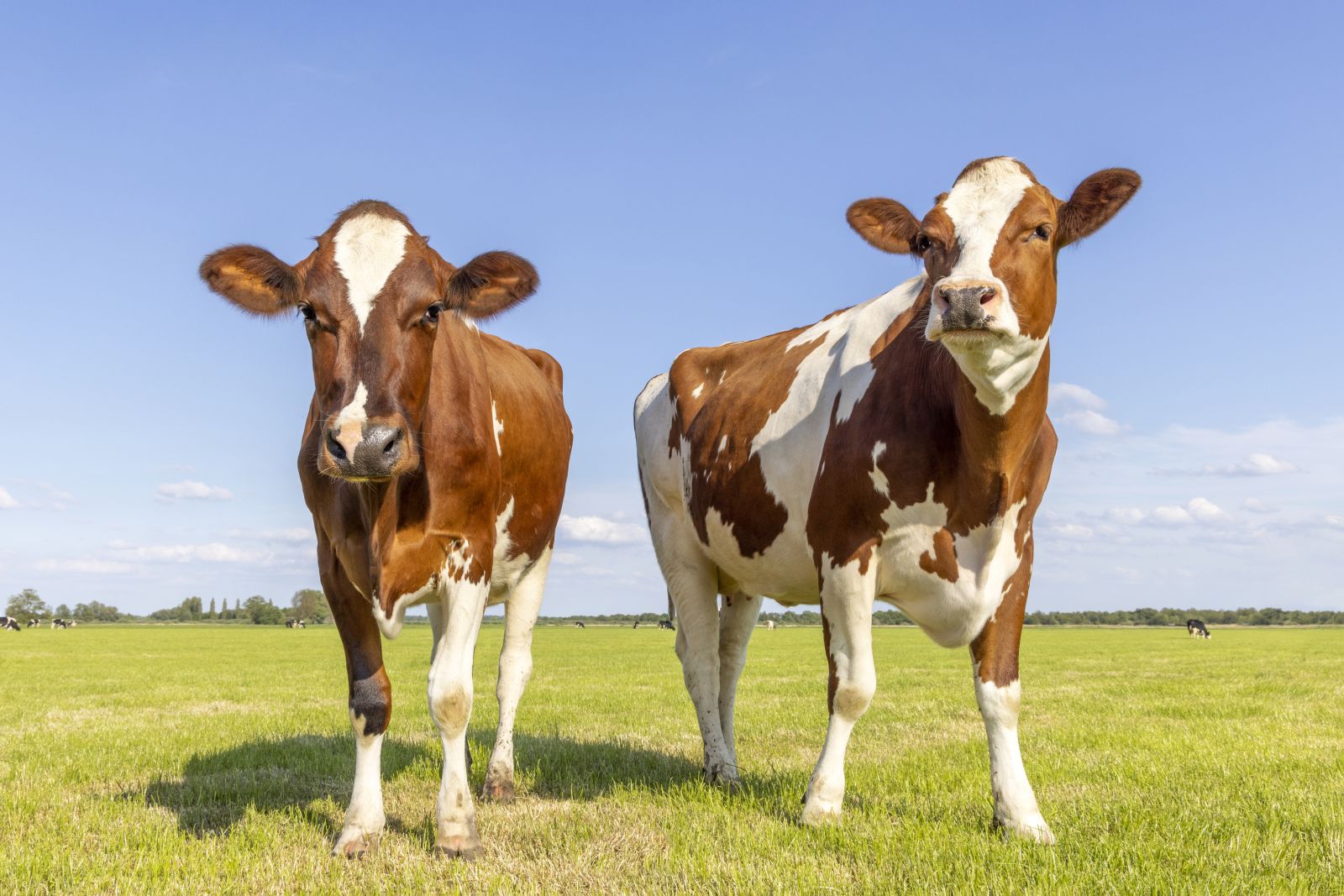
April live cattle futures (LEJ25) have felt heavy selling pressure over the past week after prices hit a contract high of $207.725 a hundredweight on Jan. 28. Nearby live cattle futures (LEG25) notched a record high of $209.35 at the same time. Same goes for March feeder cattle futures (GFH25) after that market scored a contract high of $279.825 on Jan. 29. Nearby feeder futures scored a record high of $282.25. Cash cattle (LEY00) (GFY00) prices posted a fresh all-time average high of $209.57 in the last week of January – the fifth straight week for a record high average and the 11th straight week of price gains in the average.

The recent strong selling pressure has eroded the near-term technical postures for the live and feeder cattle futures markets, and they are flashing warning signs of major market tops. A market that sees bigger daily price moves while reaching a new high in a mature bull run is one clue that the bull market has run its course. Often there is not an obvious fundamental catalyst for a price reversal, but once trader psychology and momentum shift, it is difficult to reverse them.
Also, last week beef packers were lowering cash cattle bids and cutting back on slaughter levels due to cutting margins that moved deep into the red. Available contracted cattle supplies early this month are also working in favor of the beef packers over the feedlot operators.
Feeder cattle futures also were pressured last week as the USDA announced cattle and bison imports from Mexico into the U.S. will resume in the near term, following a temporary suspension due to a new global screwworm outbreak.

Cattle Market Bulls Are Down but they May Not Be Out
Despite the recent price pullbacks in cattle futures, the extended and record-setting bull market runs may not be over yet. Overall cash cattle market fundamentals remain very solid.
USDA in late January reported a slightly smaller U.S. cattle herd than one year ago at the same time, with no signs of producers working to expand the herd. The agency estimated there were 86.662 million head of cattle in the U.S. as of Jan. 1, down 495,000 head (0.6%) from last year and the lowest since level since 1951. The 2024 calf crop was estimated at 33.53 million head, down 33,000 head (0.1%) from the previous year. Heifers expected to calve in 2025 fell by 50,000 head (1.7%) and total beef replacement heifers declined by 46,000 head (1.0%). The data was mostly neutral for traders because they expected those numbers. However, the lack of expansion plans was somewhat surprising, and the overall report still fell into the camp of the cattle market bulls.
On the fresh beef market front, Choice-grade cutout value dipped a bit late last week but is still holding above $320.00 a hundredweight, suggesting continued good beef demand from the consumer at the retail meat counter.
Seasonally, cattle markets have a history of price strength during the March-April period, as cattle slaughter levels normally decline in the period.
Can Higher Dressed Beef Weights Actually Be Bullish?
An interesting and compelling development in the cattle industry over the past year or so has been significantly higher-than-average cattle weights coming from feedlots to market. Such a phenomenon historically had been viewed as bearish for cattle prices, suggesting backed-up cattle marketings resulting in higher steer weights.
However, veteran livestock market analyst Dan Vaught argues the reason for the higher fed cattle weights at present is that feedlot operators are intentionally putting weight on their cattle to meet the stronger demand coming from the packers and ultimately from consumers at the meat counter. That’s not bearish.
The latest USDA data shows dressed steer and heifer weights starting out in 2025 around 30 pounds higher than at the same time in 2024.
Cattle Producers Watching the Weather this Week
Arctic air will aggressively push into the Plains and northern Plains states this week. As of this writing, snow was forecast for the region early this week. Depending on the strength of the winter storm, snowfall may be significant in parts of the region. Arctic air is expected to move in behind that storm. In the northern Plains, the cold air will be present over the next couple weeks. Increased livestock stress will be of concern to cattle operations in the Plains.
What About the July USDA Cattle Report?
Meanwhile, uncertainty surrounds the return of USDA’s July Cattle report. It remains unclear whether USDA’s National Agricultural Statistics Service (NASS) will reinstate the July Cattle Inventory report. In April 2024, NASS canceled the July Cattle report due to budget constraints, leaving the industry with only the January report for annual data. Industry groups, including the National Cattlemen’s Beef Association, have urged NASS to reverse its decision. Bipartisan lawmakers have called on USDA to reinstate the report. NASS estimates it would take approximately $550,000 to fund the report.







